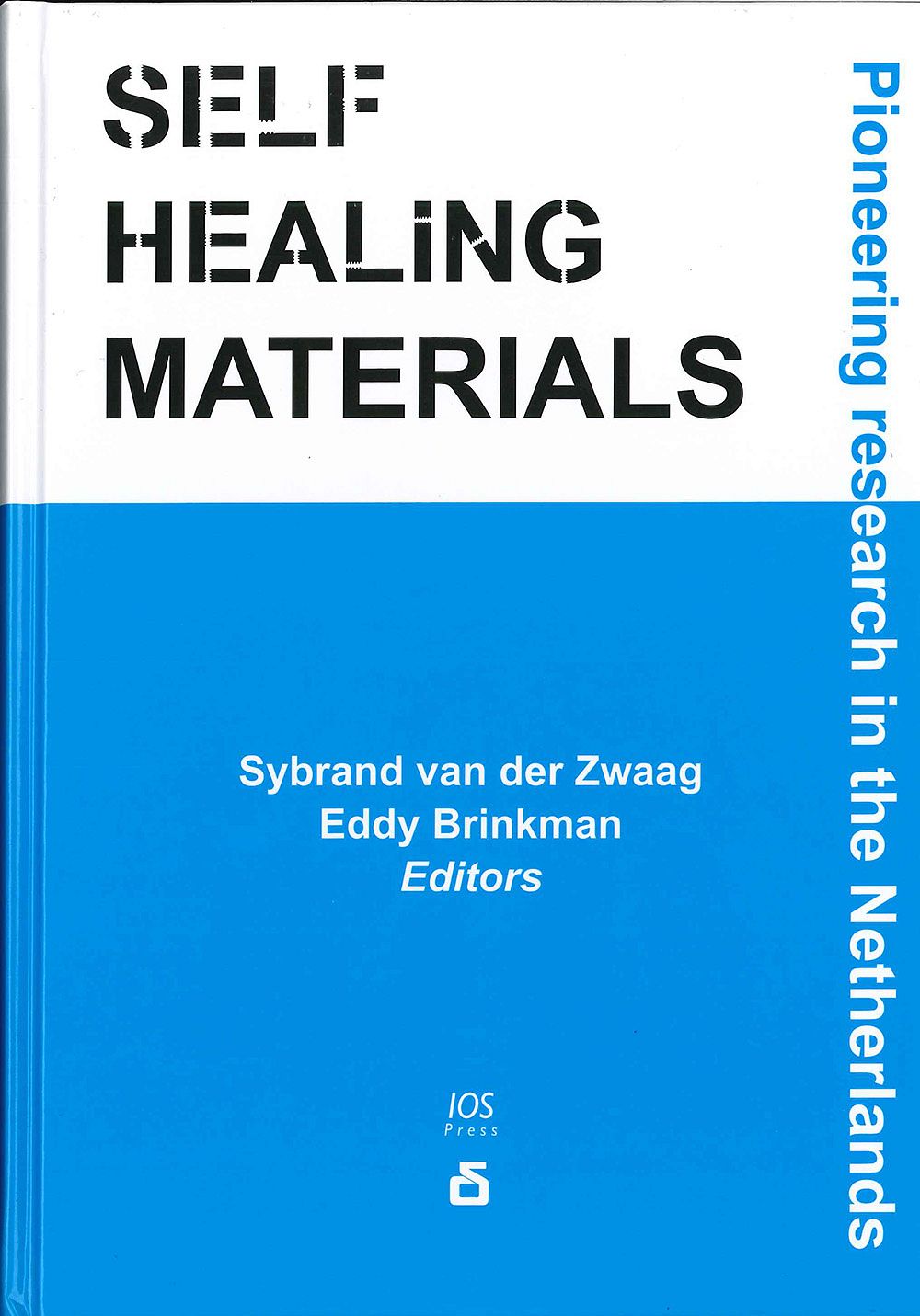The concept of self-healing materials may be old in nature, but it is relatively new in technology.
The book Self Healing Materials by program director Professor Sybrand van der Zwaag (from the TU Delft faculty of Aerospace Engineering) and Dr.
Eddy Brinkman is the result of an eight-year and 20 million euros innovative research program (IOP) by 20 research groups at five Dutch universities and 68 companies. Van der Zwaag proposed the research program in 2005, just four years after the first article in Nature on the concept of self-healing materials (SHM).
The basic idea behind self-healing is local temporal mobility, as the editors explain. Such mobility is triggered by local damage, just like blood-clotting or bone growth in our bodies. The mobile agent, liberated by the damage, generates cross-links in the matrix to restore the functionality of the material. This added functionality can apply to a wide range of materials from metals to polymers to concrete. The editors expect the first applications of self-healing materials in cases where secure performance despite minor damage is essential (think of ships and airplanes) or where the conditions are rough and unpredictable and unaccommodating for maintenance (wind turbines at sea). The book has chapters on polymers and composites, metals and ceramics, civil engineering materials, coatings and functional materials (LEDs for instance). Closest to an industrial application are self-healing concrete and asphalt with special coatings as a close second. Other applications will need further research, for which this book aims to be a stepping stone. The book offers an up-to-date overview of an exciting and nature-based direction in materials science.
Sybrand van der Zwaag, Eddy Brinkman, Self Healing Materials, 308 pages, IOS Press 2015, 135 euro.



Comments are closed.